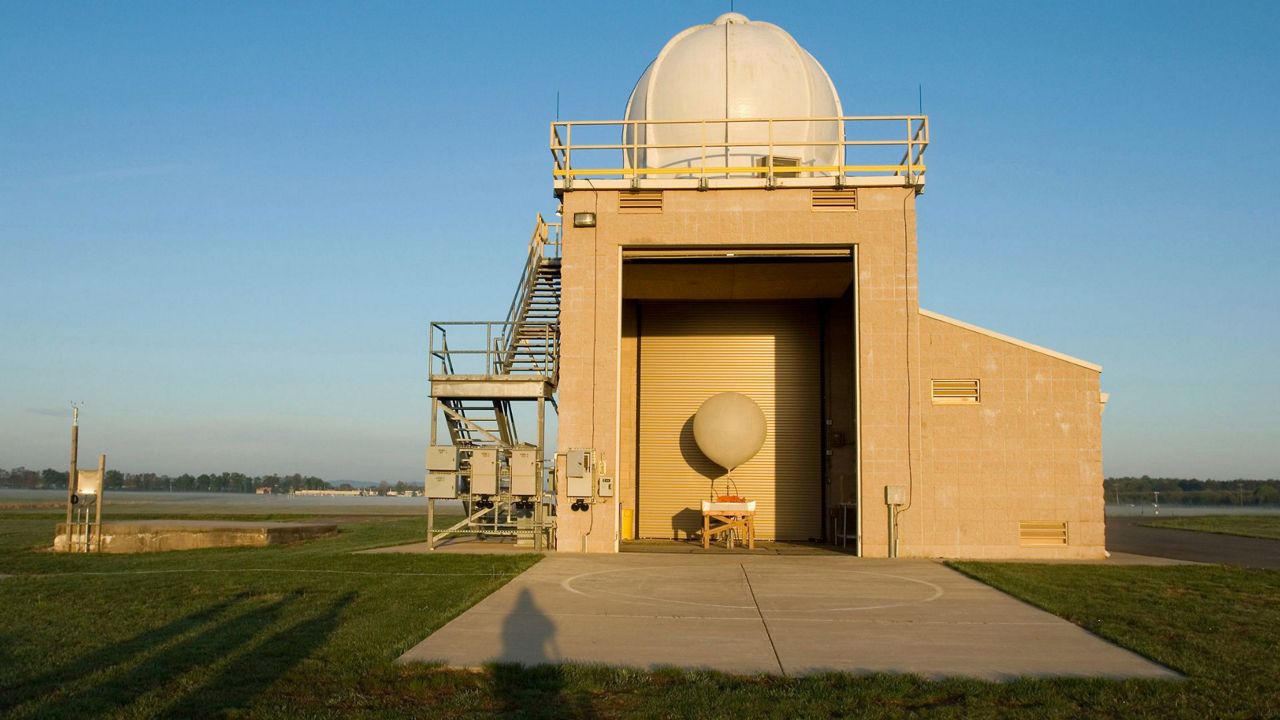SOUTHERN CALIFORNIA – Many people will be spending the 4th of July weekend outdoors. Before heading outside, Californians are reminded to play it safe when it comes to heat.
- Most intense heat between 10 a.m. and 4 p.m.
- Skin can burn within 15 minutes of sun exposure
- 8,000 people died from heat between 1999 and 2010
Heat is the leading weather-related killer in the U.S. So what is behind this danger and how we can protect ourselves?
It might seem pretty basic, but if it’s hot outside, locals should take extra precautions. Residents of Southern California love being outdoors and depending on where they live, it can be comfortable along the coast, or hot and exhausting in the valleys and deserts.
The heat is a direct result of the seasonal changes. During winter in the Northern Hemisphere, the sun comes across the sky at a much lower angle, about 32º, so the sun’s rays are not as intense. However, during the summer, the sun is much higher with the sun’s rays shining down on the Earth at an angle of 80º. The most intense heat from the sun can be felt between 10 a.m. and 4 p.m.
The UV Index is a measurement of the sun’s ultraviolet radiation, the main cause of the sun’s damaging effects on the skin, and a major risk factor for most skin cancers. During the summer, Southern California’s UV Index can reach very high to extreme levels, meaning one can burn within 15-25 minutes of sun exposure.
It is recommended that locals put on sunscreen, seek shade whenever possible, stay hydrated, dress the part by wearing sunglasses, wearing light colored clothing, and using a wide brim hat or umbrella.
Statistics show that more people are killed by heat in the U.S. than by tornadoes, hurricanes, floods, and lightning. From 1999 to 2010, over 8,000 people have died due to heat, according to the Centers for Disease Control and Prevention.
It can get even hotter inside an enclosed car. Cracking the windows a little bit doesn’t help decrease the heat. On an 80º day, the temperature inside a car can reach 99º in 10 minutes. In one hour, the inside temperature can reach 123º.
So far as of July 2, 2019, 17 kids have died in hot cars in the U.S. Last year, 52 children died, which is the highest number of deaths in the last 20 years.
The National Safety Council found three primary circumstances that led to children dying in hot cars: 54 percent were forgotten, 26 percent gained access, and 19 percent were knowingly left in the car.
It is hard to avoid the outdoors, especially living in Southern California. If you have plans outside of your home, be sure to put on sunscreen. It is important to remember that the sun is just as intense at the coast even on a pleasant day and even if there is some cloud cover.
It is also important to know the different symptoms for heat exhaustion and heat stroke.
For more information, visit this website here.











